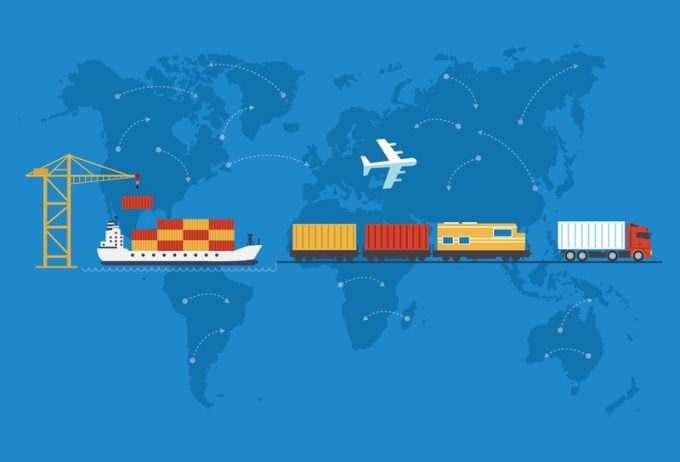Airfreight shippers told to delay contracts as US CBP clarifies China rules
Shippers should hold off negotiating airfreight contracts until there is more global clarity – although ...

Air freight has lost market share to ocean, a pattern common during downturns, but rare at the start of an economic upturn, said IATA today.
It notes that cheaper, slower sea freight becomes more attractive to shippers at the bottom of the cycle, but that air cargo rebounds when businesses need to rapidly refill inventories – but this has not happened.
As sea freight sees some of its highest prices, container lines have added express services, while rail is also experiencing strong ...
Volcanic disruption at Anchorage could hit transpacific airfreight operations
Macron calls for ‘suspension’ – CMA CGM's $20bn US investment in doubt
Forwarders stay cool as US 'liberation day' tariffs threaten 'global trade war'
Shippers snap up airfreight capacity to US ahead of tariff deadline
De minimis exemption on shipments from China to the US will end in May
Tighter EU import requirements proving 'a challenge' for forwarders
Looming Trump tariffs will create 'a bureaucratic monster' for Customs

Comment on this article